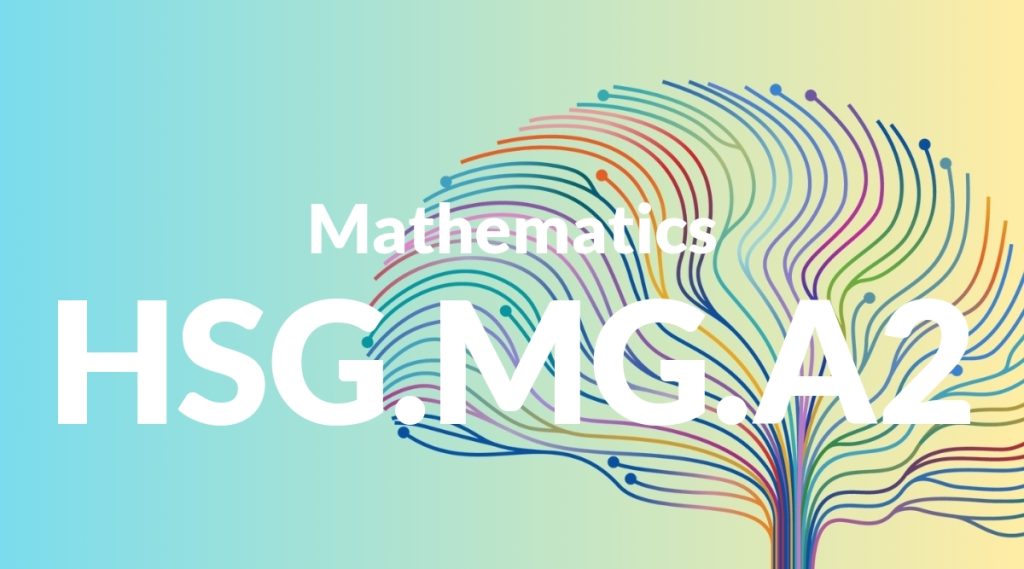Standard: HSG.MG.A2 – Apply concepts of density based on area and volume in modeling situations (e.g., persons per square mile, BTUs per cubic foot).*
Grade level: High School: Geometry
Subject: Mathematics
Domain: Modeling with Geometry
Teacher Overview
This standard focuses on applying the concepts of density in real-world modeling situations, which is crucial for understanding how geometric principles can be used to solve practical problems. Mastery of this standard will enable students to analyze and interpret data in fields like urban planning, engineering, and environmental science. Students should have a solid understanding of basic geometry, including the calculation of area and volume, and be comfortable with unit conversions and algebraic expressions.
After mastering this standard, students will be equipped to apply geometric principles to complex real-world problems, enhancing their critical thinking and problem-solving skills in various fields including engineering, architecture, and environmental science.
Common Misconception 1
A common misconception is that students may confuse area and volume calculations, thinking they can apply the same formulas interchangeably. This is incorrect because area measures a two-dimensional space while volume measures a three-dimensional space.
Intervention 1
To address this, teachers can use visual aids such as diagrams and models that clearly differentiate between 2D and 3D shapes, and engage students in hands-on activities to reinforce the differences.
Common Misconception 2
Another misconception is that students might not grasp density as a ratio, instead seeing it as an absolute value. This misunderstanding can lead to incorrect calculations and interpretations.
Intervention 2
Teachers can provide contextual examples, such as comparing the population density of different regions, and practice problems that highlight density as a relationship between area or volume and another quantity.
Prerequisite Knowledge
Students should understand basic geometric concepts such as area and volume, and have familiarity with units of measurement and basic algebraic manipulation.
Subsequent Knowledge
Students will develop skills in applying geometric concepts to complex real-world problems, enhancing their ability to think critically and solve problems in various fields such as engineering, architecture, and environmental science.
Instructional Activities
- Create a project where students calculate the population density of their city.
- Conduct a lab activity to measure the density of different materials.
- Use a simulation to model the energy efficiency of different building designs.
- Analyze traffic flow data to determine the density of vehicles on a highway.




